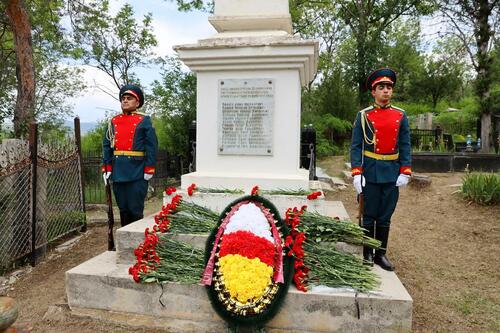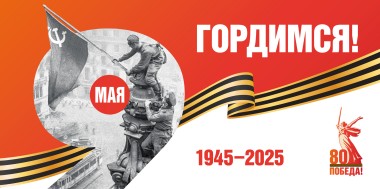Today South Ossetia is commemorating the fourth anniversary of one of the most tragic pages in the history of the Ossetian people - the beginning of the Georgian aggression in August 2008.
Open invasion of the Georgian armed forces into the territory of the Republic was preceded by planned aggravation of the situation in the Georgian-Ossetian conflict. In early August 2008 special units of the Georgian law enforcement agencies with the active participation of the Georgian part of the Joint Peacekeeping Forces began systematic artillery and sniper attacks of Tskhinval and the Ossetian villages, as well as the positions of law enforcement agencies of the Republic and the North Ossetian Battalion of the Joint Peacekeeping Forces. The fire was delivered from the Georgian border settlements located directly on the territory of South Ossetia's Georgian enclaves. During the first week of the month have been killed and injured tens of civilians. The government of the Republic began evacuating women and children.
The efforts of the Russian and South Ossetian JCC units and the command of the Joint Peacekeeping Forces to prevent the onset of the full-scale war were in vain - Georgian side in words declared its commitment to peaceful resolution of the conflict, but in fact brought the negotiation process to a standstill. At the same time, Georgia was actively preparing for military aggression, at the borders of South Ossetia began build-up of strike forces consisting of selected units of the Georgian law enforcement agencies.
Shortly before midnight on August 7, they hit all their might on sleeping Tskhinval and the nearby Ossetian villages. Throughout the night the town was being subjected to continuous rocket and artillery fire and air strikes. In addition to cannon artillery, the Georgian Army used against the civilian population multiple launch rocket systems "Grad" and cluster aerial bombs, which are considered weapons of mass destruction. No less intensively were shelled the South Ossetian villages of Khetagurovo, Dmenis, Preece, Sarabuk, Satikar, Mugut, Didmukha, Galuanta and others. In the morning on August 8, the Georgian tanks attacked the southern outskirts of Tskhinval; the barracks of the Russian peacekeepers in the Upper Town were also attacked. The defenders of the town and the peacekeepers received the unequal battle; the streets of Tskhinval were enveloped in flames of the exploded Georgian armored vehicles. Fierce street battles continued throughout the day. Despite the statements of the Georgian authorities about seizure of Tskhinval, all attacks were repulsed, but hundreds of civilians and defenders of the town were killed, thousands of people were injured. Virtually, not any building escaped destruction in the capital of the Republic.
In this critical situation, President of Russia Dmitry Medvedev made a decision to force the aggressor to peace, and units of the Russian 58th Army entered South Ossetia. During the two days Tskhinval was completely relieved, and the Georgian troops were forced out of the Republic and defeated.
South Ossetia will never forget the heroism of the defenders of the homeland and the Russian soldiers who saved the population of the Republic from extermination at the cost of many victims. For the fourth year the memory of the victims of those tragic events has been commemorating by the mourning events. They will also be held today.







